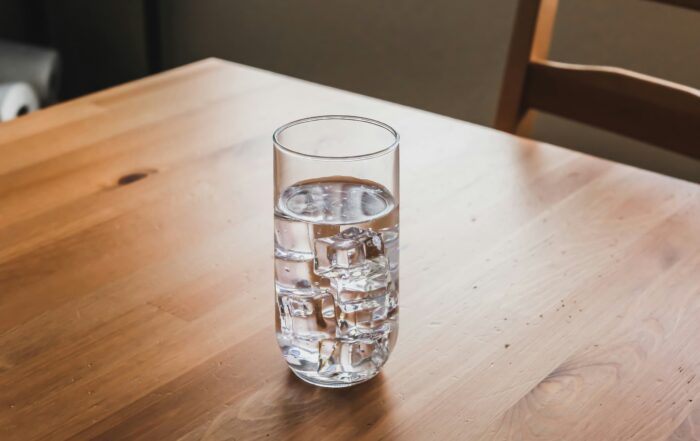These stunning winter structures are marvelous to behold. They stir in us a nostalgic sense of adventure, exploring an otherworldly winter landscape.

David Wynia (Flickr: Link)
But it’s not just their beauty and promise of adventure that is attracting visitors. Like many winter wonders, we are aware that the icy marvels are fleeting; mother nature’s impressive display will only last until the arrival of spring. But for these ice caves, their disappearance is imminent, not just in the spring, but possibly forever.
What are ice caves?

Chad Fennell (Flickr: Link)
Ice caves are large, naturally formed caves that are covered in ice during the winter months. They differ from glacier caves since glacier caves are entirely composed of ice. Both types of icy structures can give us key insights into our changing climate.
Ice caves are formed as cold waters crash onto the walls of rocky caves. As the wind and waves hit the shoreline, they push more freezing water into these structures. The ice and snow within the caves are morphed by wind, waves, and sun throughout the winter months.
Where are the ice caves located?
In Ontario, our most spectacular ice caves can be found along the eastern shore of Lake Superior, near Sault Ste. Marie. Just off the beaten track, along the northern Trans-Canada Highway, you will find Mother Nature showing off in a spectacular display of ice and snow. Popular spots include Red Rock, Coppermine Point, Alona Bay, and Pointe Des Chenes Park.
Lake Superior is the most vast of the Great Lakes, with waves regularly reaching upwards of 6m in height. These waves are perfect for sculpting impressive ice caves. While their shape, size, and colour vary year to year, the ice caves have been a consistently recurring feature of the northern coastline. But now their future is at risk.
Why are the ice caves at risk?

Two words: climate change. It is predicted that Lake Superior will be completely ice-free within the next two to three decades. In fact, Lake Superior is warming at a faster rate than any other Great Lake and is the second fastest warming lake in the world.
With increased temperatures, the length and amount of ice coverage is reduced. This means that the lake is exposed to warm air earlier and for longer periods of time. As a result, Lake Superior is now warming two to three times faster than the global average.
What can we do?

Rich Hoeg (Flickr: Link)
It is easy to feel frustrated and helpless when it comes to climate change. It feels like such a big problem. But here’s the thing: it is a human-induced problem. So it follows that us, as humans, are also the solution. There are so many things that you can do in your daily life that make a difference. Remember:
“You cannot get through a single day without having an impact on the world around you. What you do makes a difference and you have to decide what kind of a difference you want to make.”

Chad Fennell (Flickr: Link)
- Reduce your waste. Start to be conscious of the waste that you produce and look for reusable or waste-free alternatives.
- Drive less. Use public transport, cycle, or walk to your destination.
- Eat locally and eat sustainably. Opt for sustainably produced food and find out where your products come from and how they were produced.
- Use less electricity. Turn lights and appliances off when they aren’t in use.
- Spread the word. Teach others about the little changes that they can make to help the planet.
And finally, spend time in nature. Visit those ice caves. Fall in love with the incredible Earth that we live on. In the words of Ernest Hemingway, “The Earth is a fine place and worth fighting for.”



